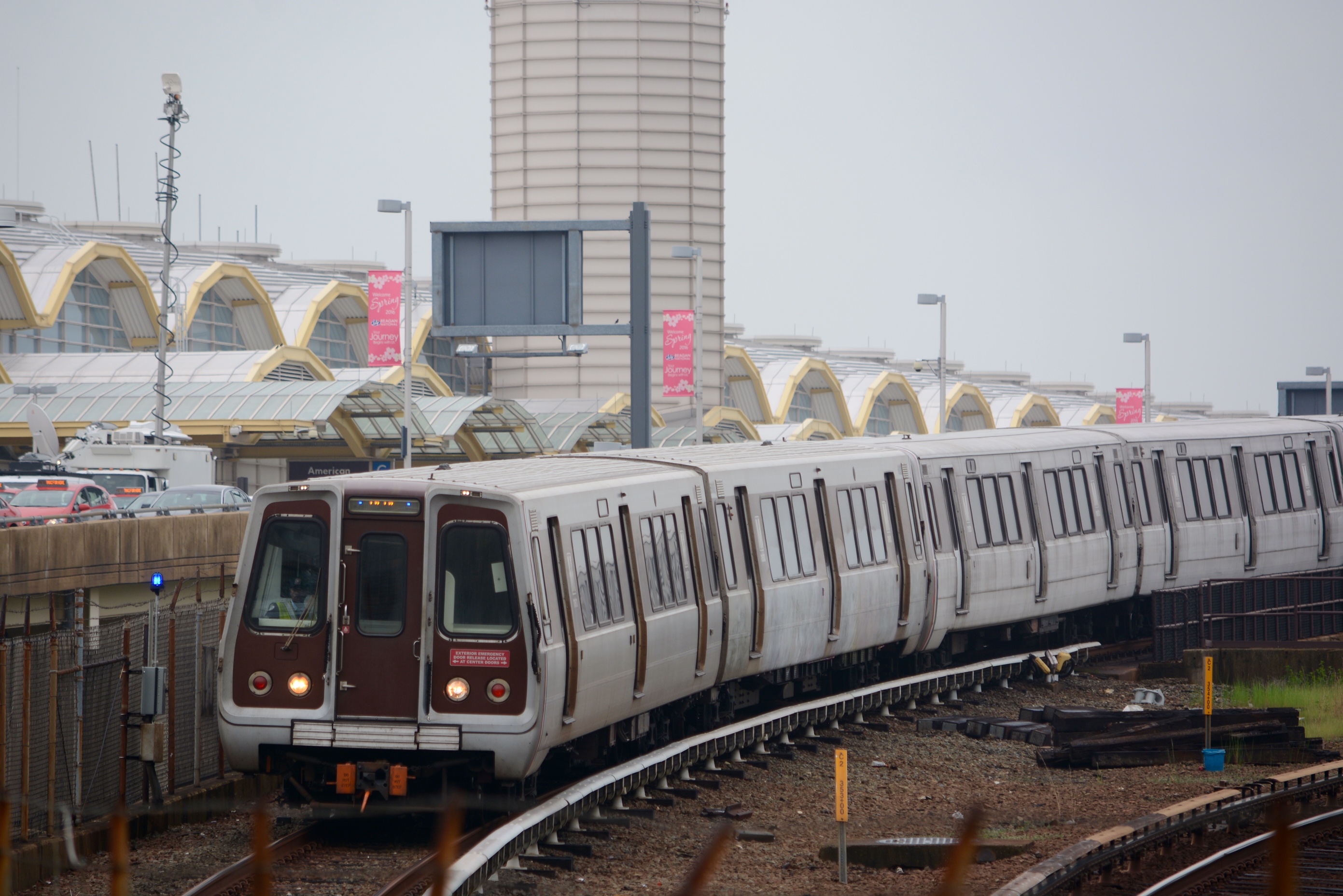WASHINGTON – Local transit agencies are trying to figure out how and if they can help commuters find another way around in the wake of Metro’s announcement of plans for huge shutdowns and single tracking needed for safety fixes.
On Thursday, Metro announced that it had revised its track work schedule to address the Federal Transit Administration’s concerns that the most serious safety risks were not being addressed first. The changes from the initial draft plan released on May 6 have left regional governments scrambling to put together the moving parts.
The Fairfax County Department of Transportation said Friday that it is still working on its plan for the major Metro service cuts. Thirteen days of single tracking on the Orange and Silver lines begins June 4. Also, there is a 16-day shutdown on the Orange, Blue and Silver lines through Potomac Avenue and Stadium Armory that begins June 18.
Metro is urging riders to find other options, especially during rush hour, because the nearly 40 shuttle buses Metro said it plans to provide will not be able to make up for the much larger number of people who can be moved by just a few trains.
Alternatives may be limited
The other options may be in short supply for a number of reasons. Transit agencies do not have extra buses or trains sitting around to be called into service during rush hour, nor do the agencies have the operators to drive the vehicles.
Virginia Railway Express is limited by the number of slots it gets for trains from the freight railroads, Chief of Staff Joe Swartz said.
The MARC train service faces similar issues, although it could have additional trains make stops at stations such as Greenbelt or add extra cars to certain trains as it did during Metro’s complete shutdown in March. The Maryland Transit Administration has not finalized any plans.
VRE is still looking for ways to help make the transition to the commuter rail service easier for people who choose to try it out during Metro disruptions by adding extra staff at stations and providing additional information for riders.
“We’re still looking at options, but I don’t think there’s anything we’re going to be able to do in terms of additional service, but we certainly expect people to take advantage of the capacity that we do have,” Swartz said.
VRE has more riders in the middle of the week than on Mondays or Fridays, and has more riders on earlier trains in the mornings and afternoons than the latest ones.
Extra riders turning from Metro to fill those empty seats could give VRE a boost, and Swartz hopes the information could nudge commuters who have the choice to decide to telework on Wednesday and commute on Monday and Friday in order to avoid overcrowding.
Bus service availability varies throughout region
People looking for buses from Prince William County, Manassas or Manassas Park in Virginia may not have many new options, either.
The Potomac and Rappahannock River Transportation Commission expects to have some modest changes ready to announce next week, but PRTC is limited both by a lack of extra buses and serious budget issues. Potential changes would include things such as schedule adjustments so more riders could make the last commuter buses of the day.
Loudoun County, Virginia is looking at potential changes for bus service to give people more options beyond Metro, but Loudoun has not finalized any changes, county spokesman Glen Barbour said.
The Northern Virginia Transportation Commission is working to help Northern Virginia transit agencies coordinate plans to address the Metro work that is now scheduled to last at least through March 2017.
In Maryland, the initial impacts will be focused on Prince George’s County, where TheBus faces similar limits at rush hour as other transit agencies with very few extra buses available.
Montgomery County has a bit more time to put a plan together, since the first major rush-hour Red Line work is not scheduled until the first week of August. Any significant additional RideOn service may require approval of the county council and county executive since it would likely require more local tax dollars.
Local governments bore the burden of paying for the extra service during Metro’s complete shutdown in March, including express buses Fairfax Connector added to the Pentagon from end-of-the-line stations. During that shutdown, ART added extra service along the Orange Line in Arlington and DASH added service in Alexandria.
While many people were able to stay home, the biggest traffic delays on the road during the March shutdown were in downtown D.C., on Interstate 270 in Maryland, Interstate 395 through Arlington and Alexandria, and Interstate 295/D.C.-295 in the District.






